about:berlin Hotel
Hidden Fortress was engaged by about:berlin Hotel to transform the existing space into a more cozy and inviting environment for those traveling to Berlin.
The about:berlin Hotel, re-opened after an extensive renovation process in Summer 2019, belongs to the Samuel Braun Hotel group. Hidden Fortress developed the interior design and participated in the realization process.
The project, beginning in 2017 already, was developed step-by-step during a renovation and renewal process of the structure of the building by AO Architects Berlin. While the construction works on location were ongoing, Hidden Fortress was first tasked to present a design proposal for the open lobby concept in the 5th floor. There a combination of reception, lounge and breakfast area was installed in a space of app. 300m2. The challenge was to find the right balance for the area to fit app. 30-40 guests for breakfast in the morning hours, while also creating a friendly and more homely space for less people during other times of the day. Albeit the space provided was rather huge, it was desired to create a concept which would appear smaller and more cosy.
At the same time the various zones for different functions should be recognizable and easy to understand. A guest should immediately identify the reception on arrival, understand the breakfast buffet and find an area to hang out and chill with others or alone. So while it was easy to build a variety of different areas to sit, the task was to fluidly web these areas into each other aesthetically, but keep the differences readable. This lead to a code of materials which serve as markers for different functions while working together as a range of color and haptics.
When the lobby design was approved, it became apparent, that the guest rooms and corridors needed a makeover as well, in order to connect to the lobby in one interior concept. The project was commissioned piece-by-piece, but ultimately brought together as one integral experience. During this process a rhythm of differently lighted areas was developed, in order to give the guests some variety in experiencing the hotel. For instance, the very long corridors in the back part of the building inspired the idea of cutting the light rather low, and create islands of light in front of the room entrances. While the lobby and the guest rooms are pretty illuminated spaces, transitioning between these areas lead the guest through rather dark corridors. This simple difference increases the varieties in the perception of the premises while walking through its different zones, and thus enhances the overall experience for the guest.
The hotel itself in reference to pricing is targeting the low-to-mid-ranged market segment, so naturally the overall budget for the interior wasn’t really high either. An average of 10K Euro per room was the desired landmark, while the room sizes vary from 15m2 to 46m2 and the renovation of the bathrooms with tiling etc. were to be included in the budget.
A good solution was found in a couple of decisions while designing and composing the furniture of the guest rooms. For both the catalogue-chosen elements and the design of custom-made elements, it was important to acquire them economically, while functionally some requirements of hotel interiors (wall panels to protect the walls from luggage impact, neat little helpers in the rooms, fire regulations etc.) could be served with these same solutions. Doubling up functions in single items helped cutting redundant cost. The overall desire was to create an impression of custom-made interior design. The result is an economically produced, but uniquely looking, boutique hotel, which already has a good reception with its customers.
Design: Hidden Fortress Design Studio Berlin
Architecture: AO Architekten
Photography: Sebastian Dörken

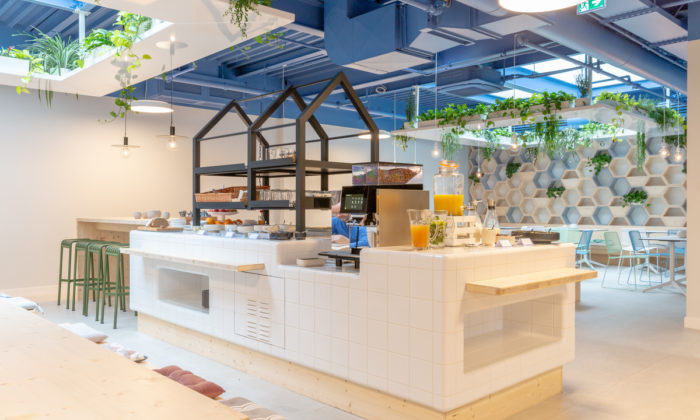
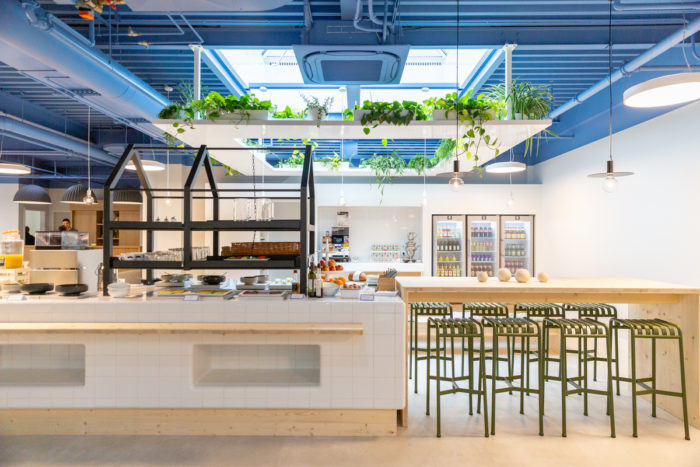
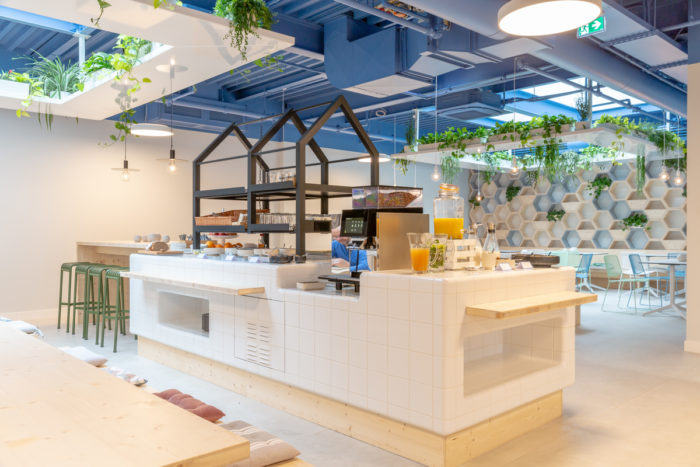

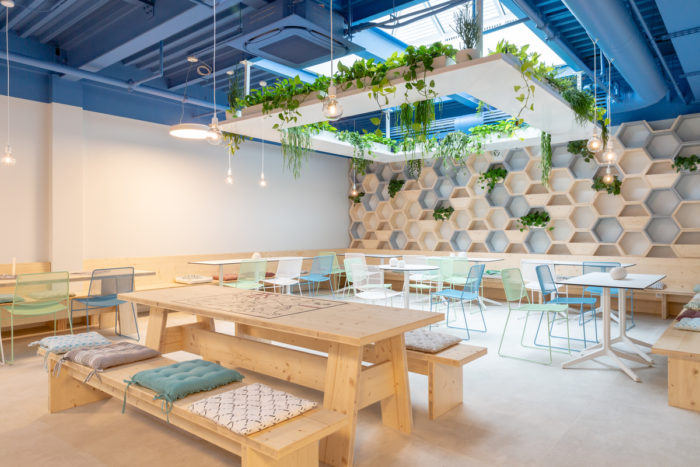
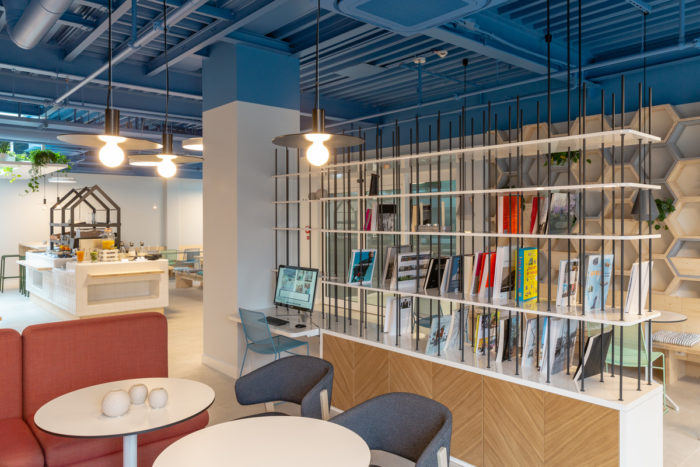
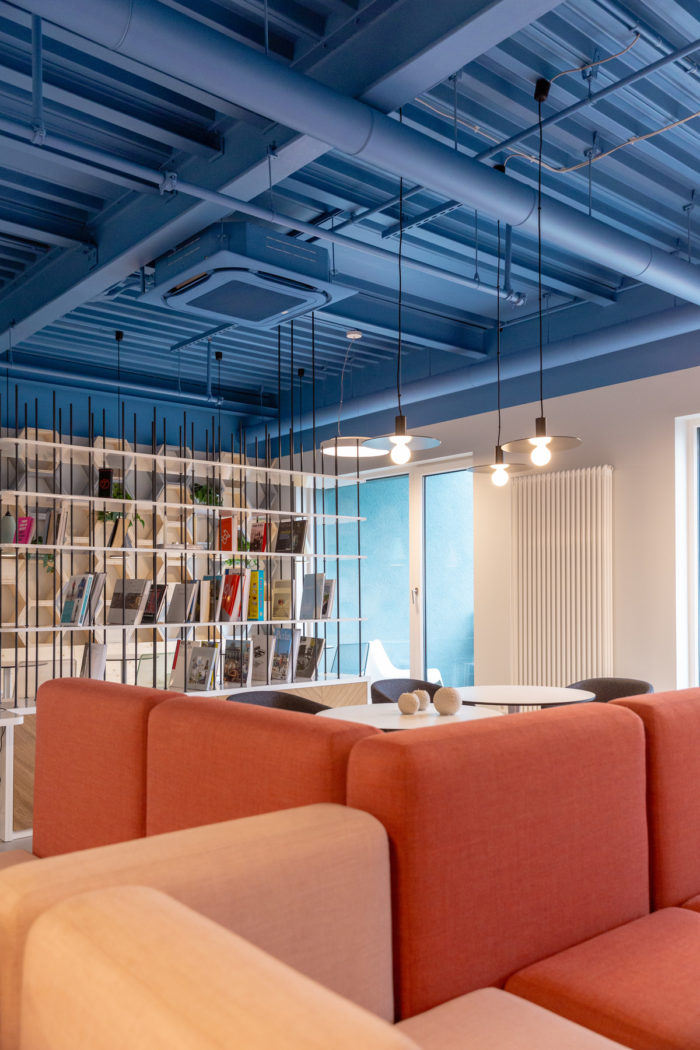
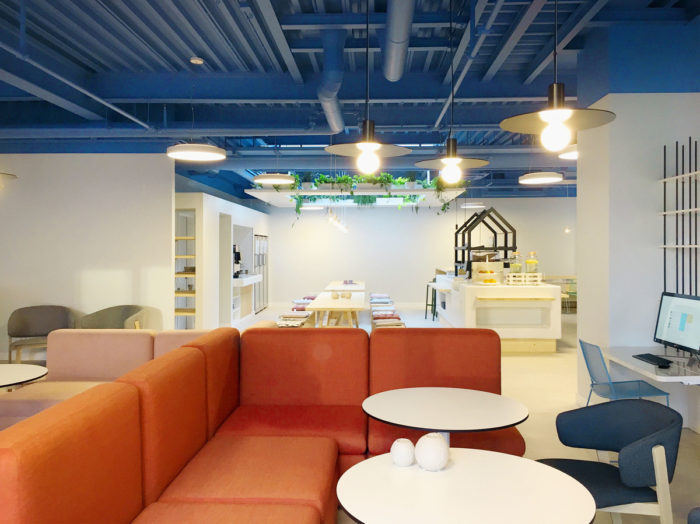


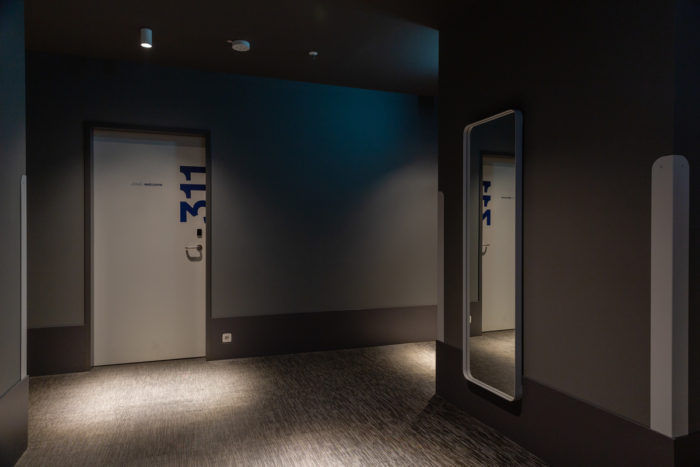

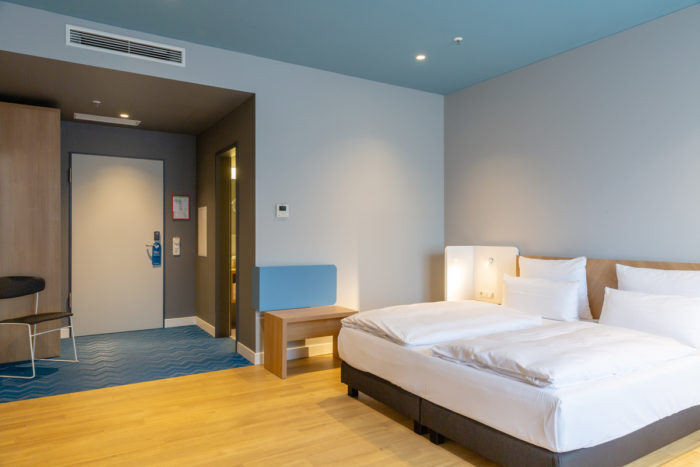

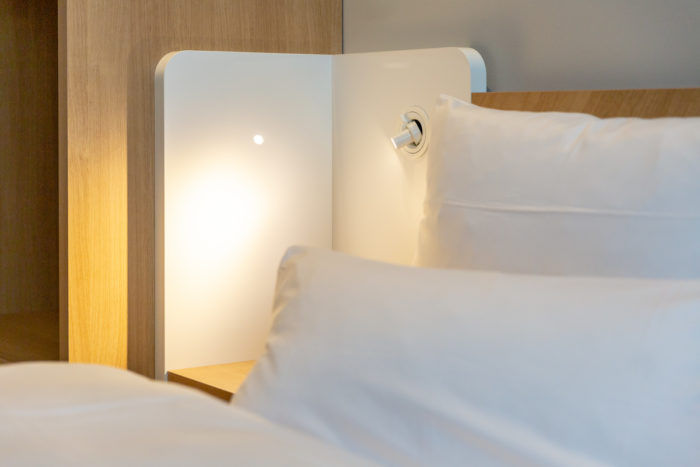


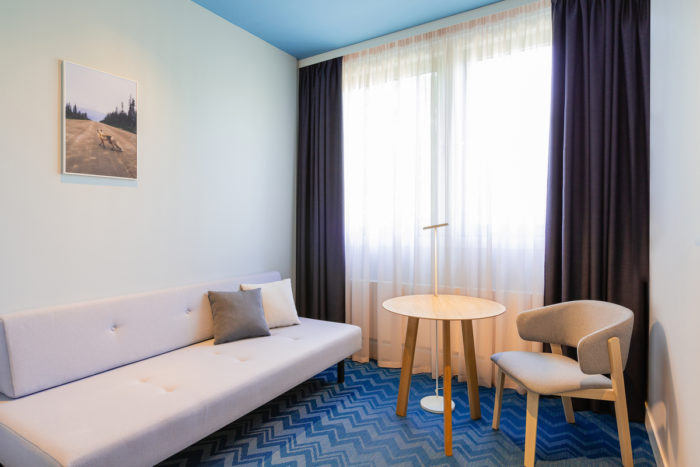




Now editing content for LinkedIn.